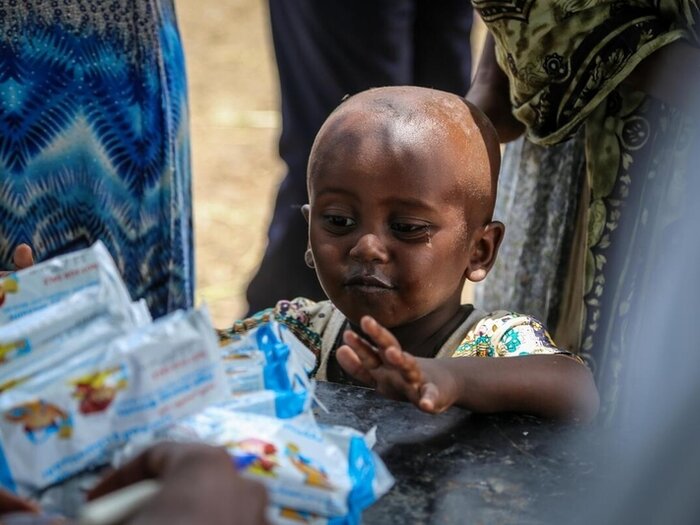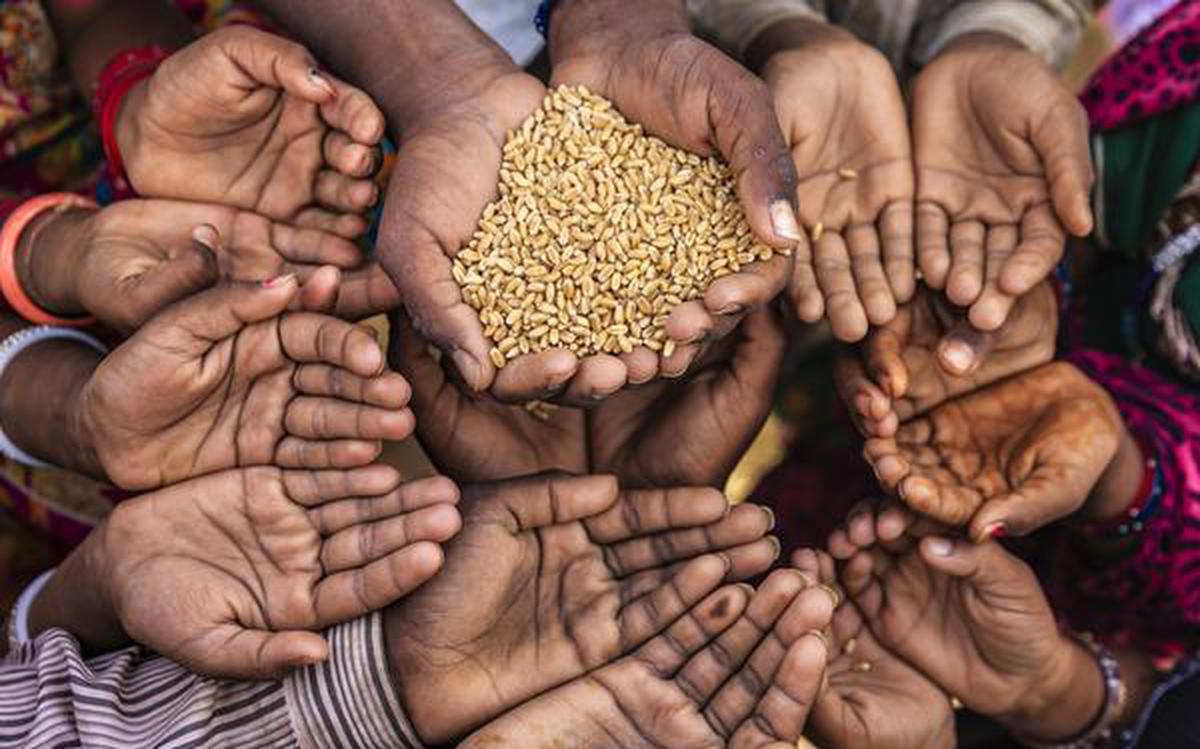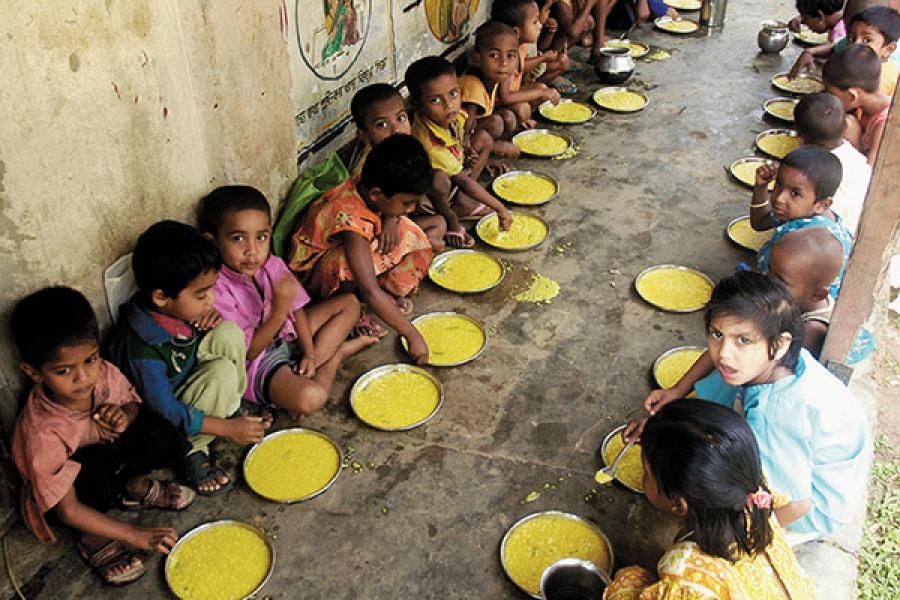The 2023 report on the ‘State of Food Security and Nutrition in the World’ (SOFI), crafted by the Food and Agriculture Organization (FAO) of the United Nations, brings attention to a pressing matter in India.
The report underscores the widening gap between the cost of a nourishing meal and the economic challenges confronted by a substantial segment of the Indian populace.
What are the report’s findings?
Affordability of a Nutritious Diet in India

As per the recent SOFI findings, India has the lowest expenditure on a healthy diet among BRICS nations and neighbouring countries. In 2021, sustaining a nutritious diet in India incurred an approximate cost of 3.066 Purchasing Power Parity (PPP) per person per day, seemingly reasonable at first glance.
However, the report highlights a crucial aspect—diets become economically burdensome if they exceed 52% of a nation’s average income. Given India’s comparatively lower middle income compared to other countries, a significant portion of the population faces challenges affording the recommended diet.

Mumbai’s Tale in Focus
The SOFI report delves into a notable case study in Mumbai, shedding light on a remarkable 65% surge in meal costs within a mere five-year span. In stark contrast, salaries and wages have witnessed a more modest increase, ranging from 28% to 37% during this equivalent timeframe.
Mumbai, selected for its dependable and consistent data, vividly illustrates the hurdles urban populations encounter in India, emphasising that a developed city does not necessarily mean an all-rounder city.

Global Perspectives
When pitted against other nations in the report, it becomes apparent that although the cost of a nutritious diet in India is comparatively modest, it proves elusive for a significant segment of the population owing to income inequalities.
In 2021, a staggering 74% of Indians found a healthy diet beyond their means, positioning India as the fourth nation with this distressing statistic among those under consideration.
Dietary Shifts with Urbanisation
The swift pace of urbanisation brings about a tangible surge in the consumption of processed and convenient foods. This shift contributes to a notable rise in overweight and obesity rates, affecting not only urban areas but also peri-urban and rural regions.
Global Market Influence on Rural Areas

Rural landscapes, once self-reliant, particularly in Africa and Asia, now exhibit a growing reliance on both national and global food markets. This shift underscores the evolving dynamics of food consumption and production as urbanisation shapes dietary patterns.
The SOFI report diligently observes shifts in the cost and accessibility of a healthy diet across various regions. From 2019 to 2021, Asia experienced the most substantial surge in the expenses associated with maintaining a nutritious diet, escalating by nearly 9%. Disturbingly, the rise in the population unable to afford such a diet was most pronounced in Asia and Africa, with South Asia and Eastern and Western Africa grappling with the most acute challenges.
Within South Asia, home to 1.4 billion individuals, a staggering 72% of the population is documented as unable to afford a healthy diet, signifying a particularly pronounced struggle in the region.
Why are these trends alarming?
The Global Food Security Index 2022 highlights India’s prevalence of undernutrition at 16.3%. Additionally, alarming figures reveal that 30.9% of children in the country suffer from stunted growth, 33.4% are underweight, and 3.8% grapple with obesity. This underscores the critical need to safeguard food security to meet the diverse nutritional needs of the population.
The International Food Security Assessment for 2022-2032 underscores the substantial influence of India’s large population on food insecurity trends. Projections indicate that approximately 333.5 million individuals in India will grapple with food insecurity during 2022-23.

Parallelly, the Global Multidimensional Poverty Index MPI 2023 reveals that over 230 million people in India continue to experience poverty, emphasising the interconnected challenges of food security and poverty within the nation.
Ensuring food security is paramount for India due to its substantial population grappling with malnutrition and undernourishment, impacting both physical and mental development.
What is the road ahead for India to ensure Food Security?
As an agricultural country, India stands at a critical juncture where understanding the challenges becomes imperative for charting a sustainable course ahead. As the world’s most populous nation, the focus must shift towards transforming India into a beacon of nutritional abundance.
A pivotal step forward involves substantial investments in enhancing agricultural production systems and research. The government should develop state-of-the-art storage facilities, curb post-harvest losses, and establish a robust transportation network to ensure the seamless distribution of food products nationwide. Collaborative ventures between the public and private sectors can catalyse advancements in agricultural productivity, ultimately strengthening the availability of nutritious food nationwide, and paving way for a nourished and healthy future.











